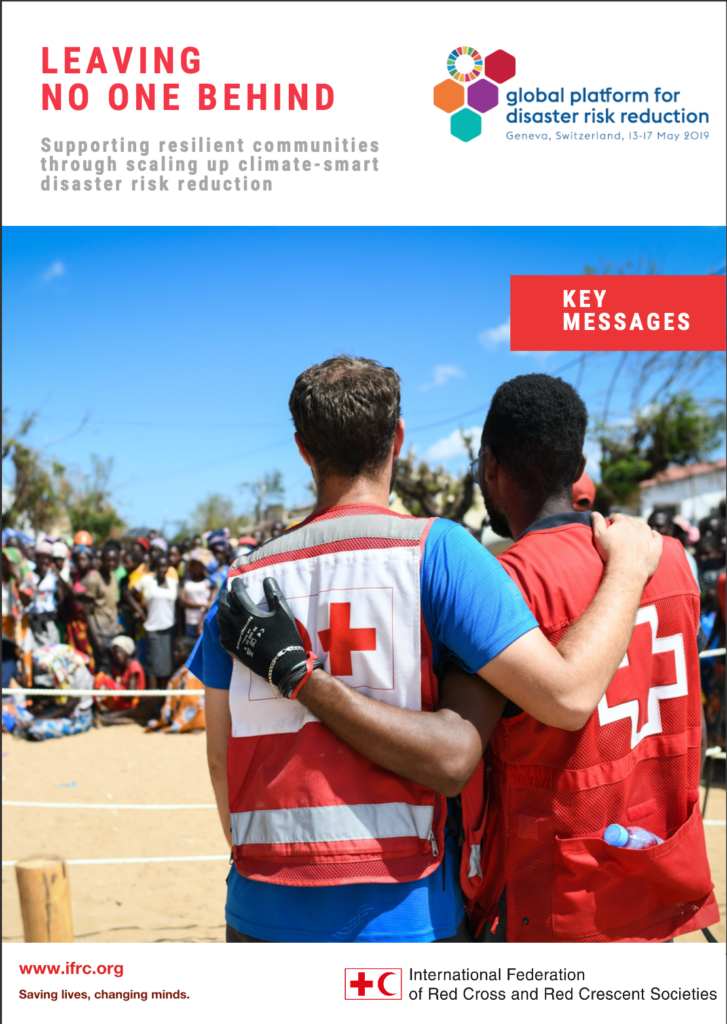GIS for Science: Applying Mapping and Spatial Analytics
GIS for Science. Applying Mapping and Spatial Analytics details the work of real-world scientists using geographic information systems (GIS) to expand our understanding of the world. GIS provides a framework for applying science to almost every human endeavor as we aspire to transform the world through mapping and analytics. The book is composed of the […]
GIS for Science: Applying Mapping and Spatial Analytics Read More »








